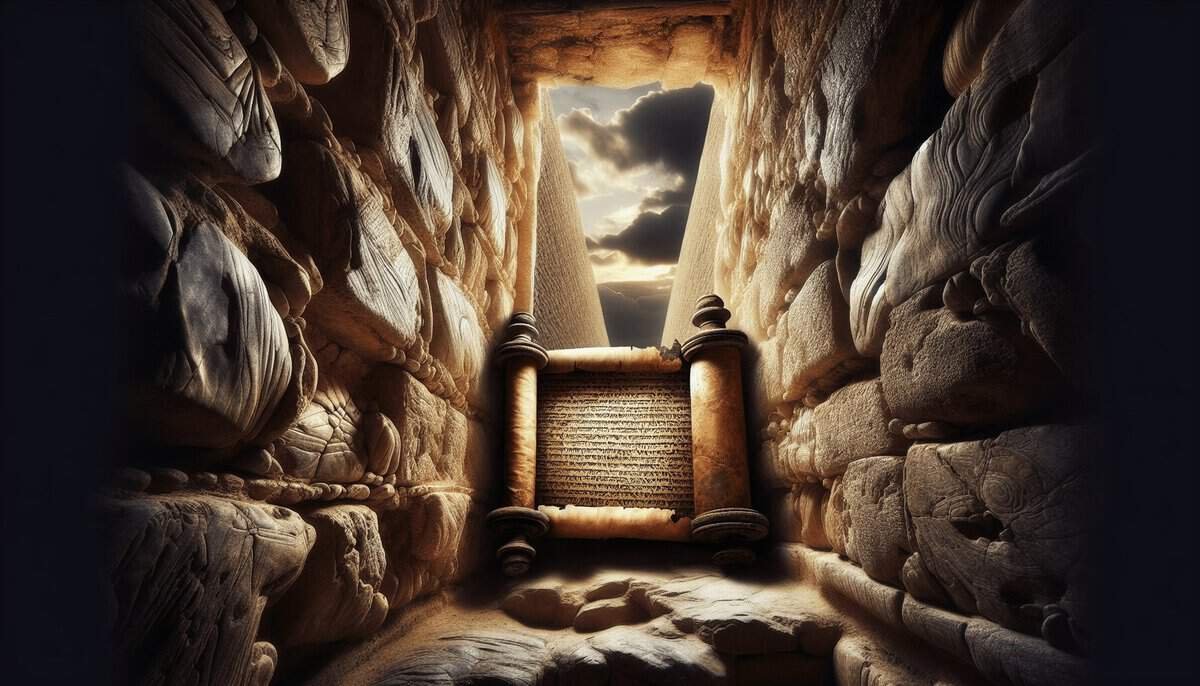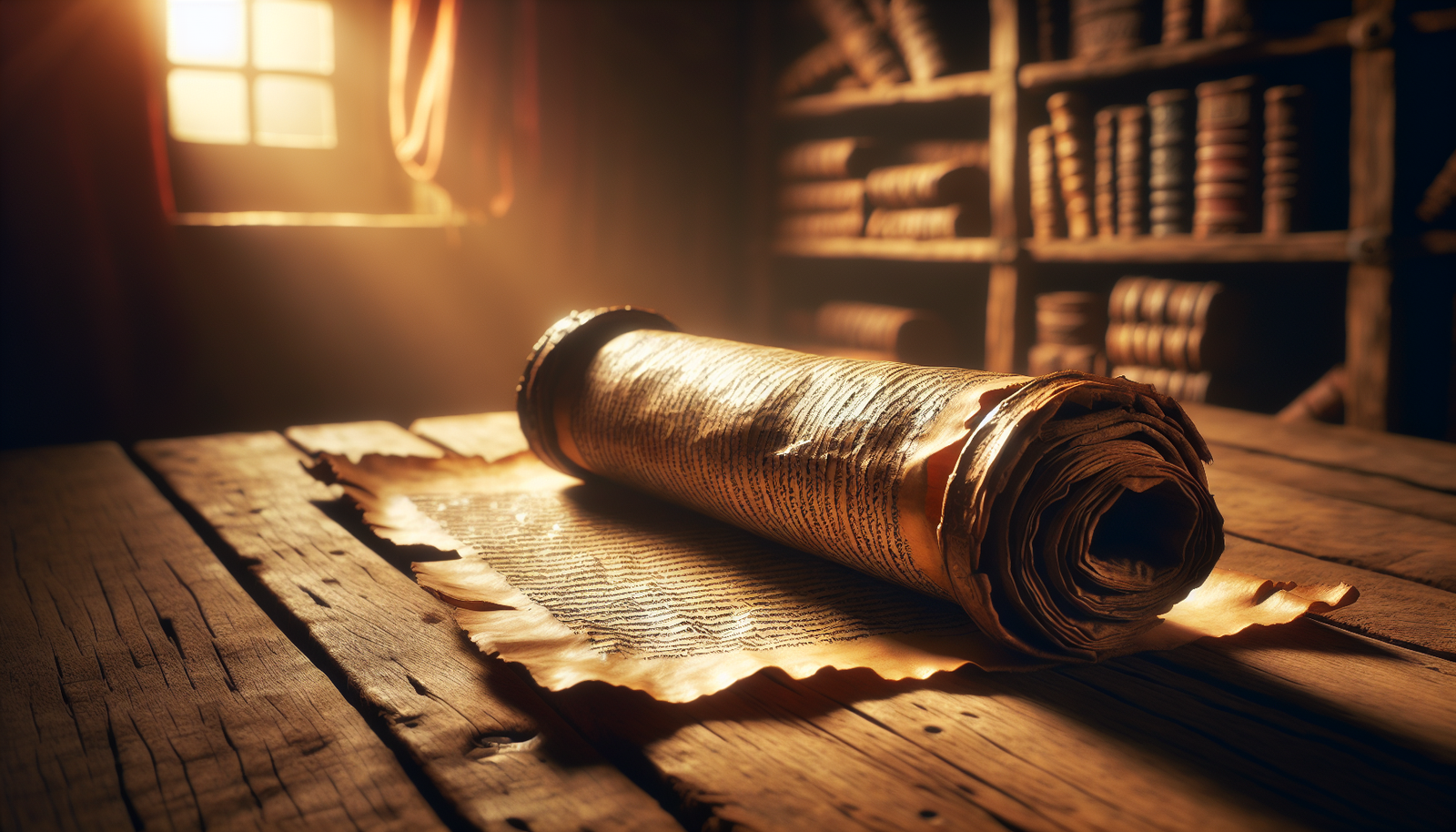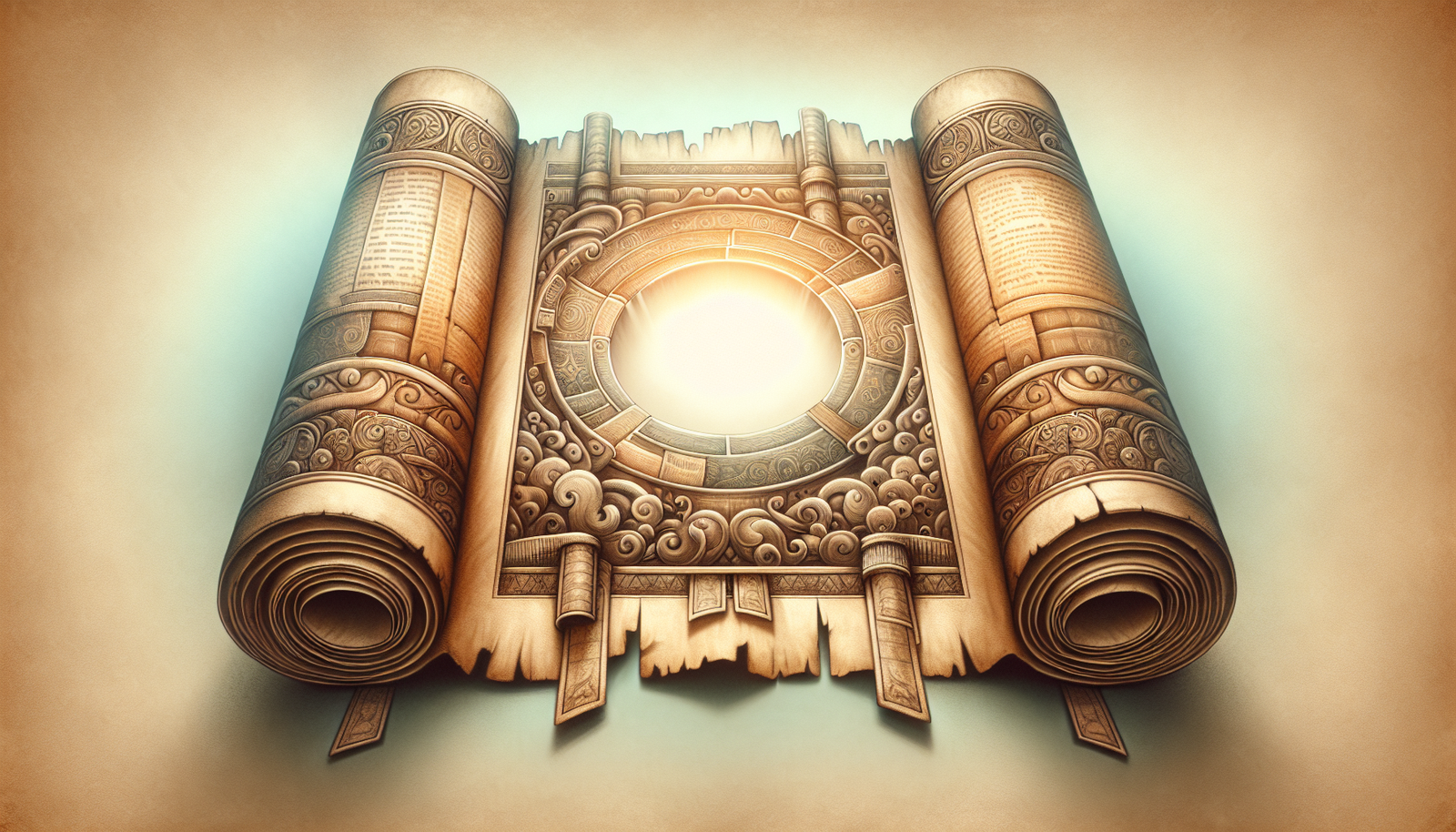What if the secrets of ancient texts and hidden rooms told a deeper story than first imagined? As you consider this idea, let’s unravel the mysteries shrouding the Qumran Wall Gap, the so-called “Clandestine Room,” and the notable Unity Scroll. You might be surprised by the blend of scholarship, spirituality, and history that springs from this fascinating corner of the world.
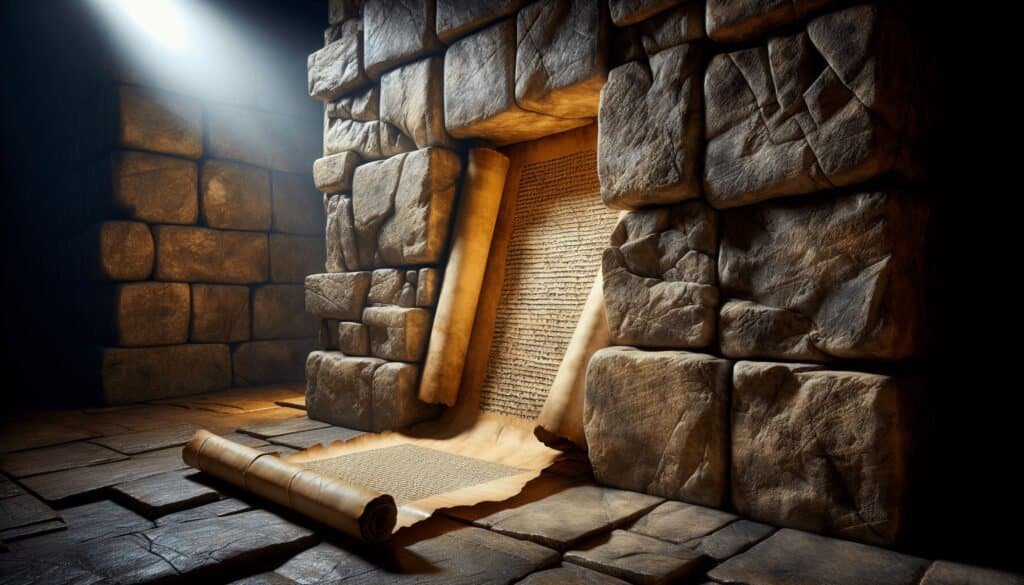
The Geography of Mystery: The Qumran Site
Situated near the northwestern shore of the Dead Sea, the Qumran site has become renowned among biblical archaeologists and historians alike. Being close to the ancient ruins of Qumran and the caves that housed the Dead Sea Scrolls, this area tells a captivating story of sectarianism, ritual purity, and possibly clandestine practices.
The landscape here is arid, punctuated by a stark beauty—rolling hills and rugged terrain serve as a backdrop for the remarkable history of the Essenes, the group that is often associated with these texts. As you wander mentally through this dry yet poetic setting, you can start to appreciate why this area has captured the attention of scholars for decades.
Understanding the Dead Sea Scrolls: A Historical Lens
To truly grasp the significance of the Qumran Wall Gap, it’s crucial to familiarize yourself with the Dead Sea Scrolls themselves. These scrolls encompass a vast array of texts—biblical manuscripts, sectarian writings, and even apocalyptic literature. Dating back to around 150 BCE to 70 CE, they are some of the oldest known copies of biblical texts, providing crucial insights into Jewish history and the development of early Christianity.
The Importance of the Scrolls
- Biblical Texts: Among the scrolls are manuscripts of nearly every book of the Hebrew Bible, highlighting the textual stability over centuries.
- Sectarian Works: There are also writings unique to the community that inhabited Qumran, like the Community Rule and the War Scroll, offering insights into their beliefs and practices.
- Historical Context: The scrolls contribute to our understanding of the historical and cultural context of Second Temple Judaism, showcasing the diversity of thought during this critical period.
With over 900 manuscripts uncovered, the scrolls are perhaps as enigmatic as the very landscape they were hidden within. You might want to stop for a moment and ponder what these hidden texts must have witnessed.
The Qumran Wall Gap: What Lies Beneath
When you think of the term “wall gap,” you might imagine a mere architectural nuance. However, archaeological findings suggest that the Qumran Wall Gap holds much more significance than first meets the eye. This gap, visible in the structure of the Qumran site, is believed to be a feature that allowed for movement between specific areas of the complex—potentially linking spaces that served different functions.
Architectural Significance
- Design: The wall itself was designed for both fortification and separation of different community groups. The gap is thought to have facilitated clandestine meetings, perhaps even the sharing of sacred texts.
- Symbolism: The wall’s very existence may showcase the separation of various ideologies and practices prevalent in Second Temple Judaism, further emphasizing the unique identity of the Essenes.
As you consider the architecture, it becomes evident that every stone has a story. What whispers of ancient rituals and discussions linger in the air?
The Clandestine Room: An Enigmatic Space
Nestled within the Qumran site, the Clandestine Room has sparked considerable debate among historians and archaeologists alike. This elusive chamber, believed to be hidden from casual observers, might have served multiple functions. Some scholars posit that it functioned as a space for communal gatherings, while others suggest it was used for more secretive purposes—perhaps involving the crafting or preservation of the scrolls.
Theoretical Interpretations
- Communal Gatherings: It’s possible that this room was a gathering space for the community, fostering unity and discussion on their beliefs and practices.
- Scriptural Preservation: Alternatively, some theorists argue that it served as a storage area for important texts, ensuring that vital writings would remain protected and sacred.
Isn’t it interesting how a simple room can stoke such fiery debates? This room, shrouded in mystery, beckons you to theorize about what truly transpired behind its hidden walls.
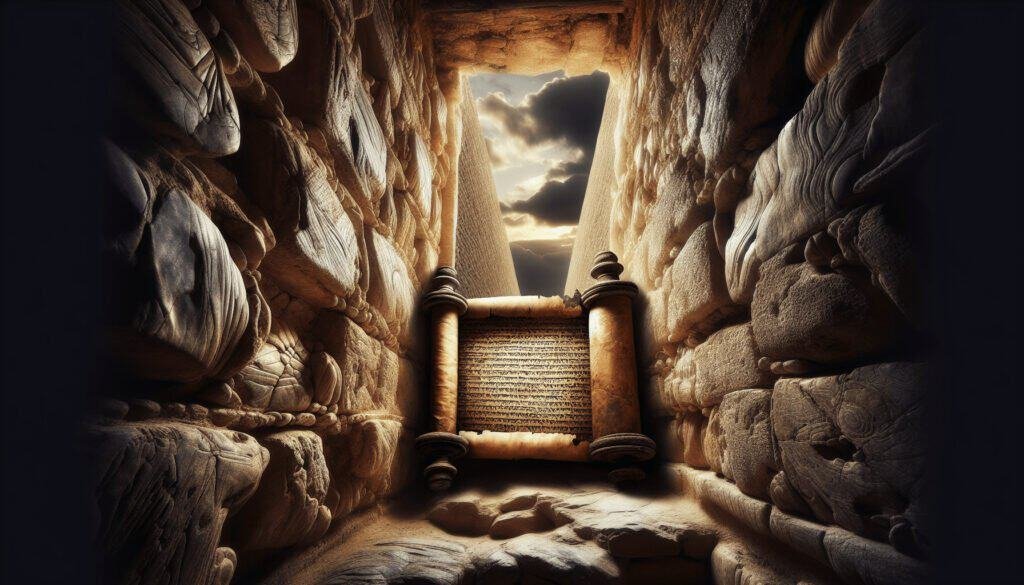
The Unity Scroll: A Scroll Like No Other
Among the scrolls discovered in the Qumran caves, the Unity Scroll stands out as a particularly intriguing text. Unlike others, which often focus on prophecy or legalistic matters, the Unity Scroll emphasizes the concept of community among its members.
Core Themes
- Oneness: The scroll promotes an ideal of unity, urging its members to see beyond their differences and embrace the shared experiences that bond them.
- Ritual Significance: There is a notable emphasis on purity and rituals, reflecting the stringent lifestyle of the Essenes.
As you explore the implications of these themes, it becomes evident that the contents of the Unity Scroll could have broader theological significance that resonates even today.
Connecting Texts with Context: Theological Implications
What better way to step into the shoes of those ancient communities than to consider how their beliefs might intersect with your own? The scrolls provide a fascinating lens through which to examine theological concepts that are still relevant.
Themes of Community
At the heart of many of the texts is a profound focus on community—what it means to belong, to live in concert with others, and the expectations placed on members. This communal aspect can resonate deeply, especially in today’s fragmented world.
- Belonging: Each member was called to participate fully, looking beyond individual needs for the sake of the group.
- Rituals and Practices: The emphasis on rituals as communal acts rather than individual ones reflects the overarching belief in a shared journey.
Wouldn’t it be compelling to think about how those ancient practices might find resonance in modern spirituality?
The Role of Archaeology: Unearthing History
It’s easy to romanticize the past, but archaeology is where tangible connections are made. Discoveries at Qumran didn’t just rewrite the history books—they challenged preconceived notions about Jewish faith and practices during the Second Temple period.
Methodology and Findings
- Excavations: Starting in the 1940s, archaeologists diligently excavated sections of Qumran, uncovering artifacts that reveal the daily lives of its inhabitants.
- Integrated Analysis: Scholars analyze these artifacts alongside texts from the Dead Sea Scrolls to create a richer, more nuanced understanding of the Essenes.
Perhaps you can imagine wandering through the dusty layers of history, uncovering hands that once handled these sacred texts.
The Impact of Historical Context
Understanding Qumran requires a grasp of its broader historical context. The backdrop of political instability and the struggle for identity that characterized the Second Temple period set the stage for the beliefs espoused in the scrolls.
The Political Climate
- Roman Occupation: The occupation by the Romans brought about a sense of urgency in many Jewish communities, influencing the Essenes’ decision to withdraw and form their own sect.
- Sectarian Divisions: Different groups within Judaism vied for influence and interpretation of the Torah, sparking diverse interpretations of sacred texts.
What does it say about human nature that, throughout time, the quest for identity and belief has led to both division and unity?
Conclusion: Connecting Ancient and Modern Perspectives
As you reflect on all these intricate layers—hidden rooms, scrolls, community dynamics—you realize that the Qumran Wall Gap and the Unity Scroll represent more than just artifacts of the past. They encourage the modern mind to explore the complexity of faith, identity, and community in a sometimes bewildering world.
Tying Threads Together
- Heritage: The practices and beliefs of the Essenes have shaped contemporary discussions of identity, spirituality, and communal living in ways that remain relevant today.
- Ongoing Scholarship: Archaeology offers never-ending insights, constantly challenging and enriching our understanding of history.
By considering these ancient narratives, you invite a broader interpretation of your own beliefs—creating a bridge that spans both time and culture. So rather than dismissing these texts and their contexts, why not allow them to resonate within your own life? After all, the past has a remarkable way of echoing through the present.
